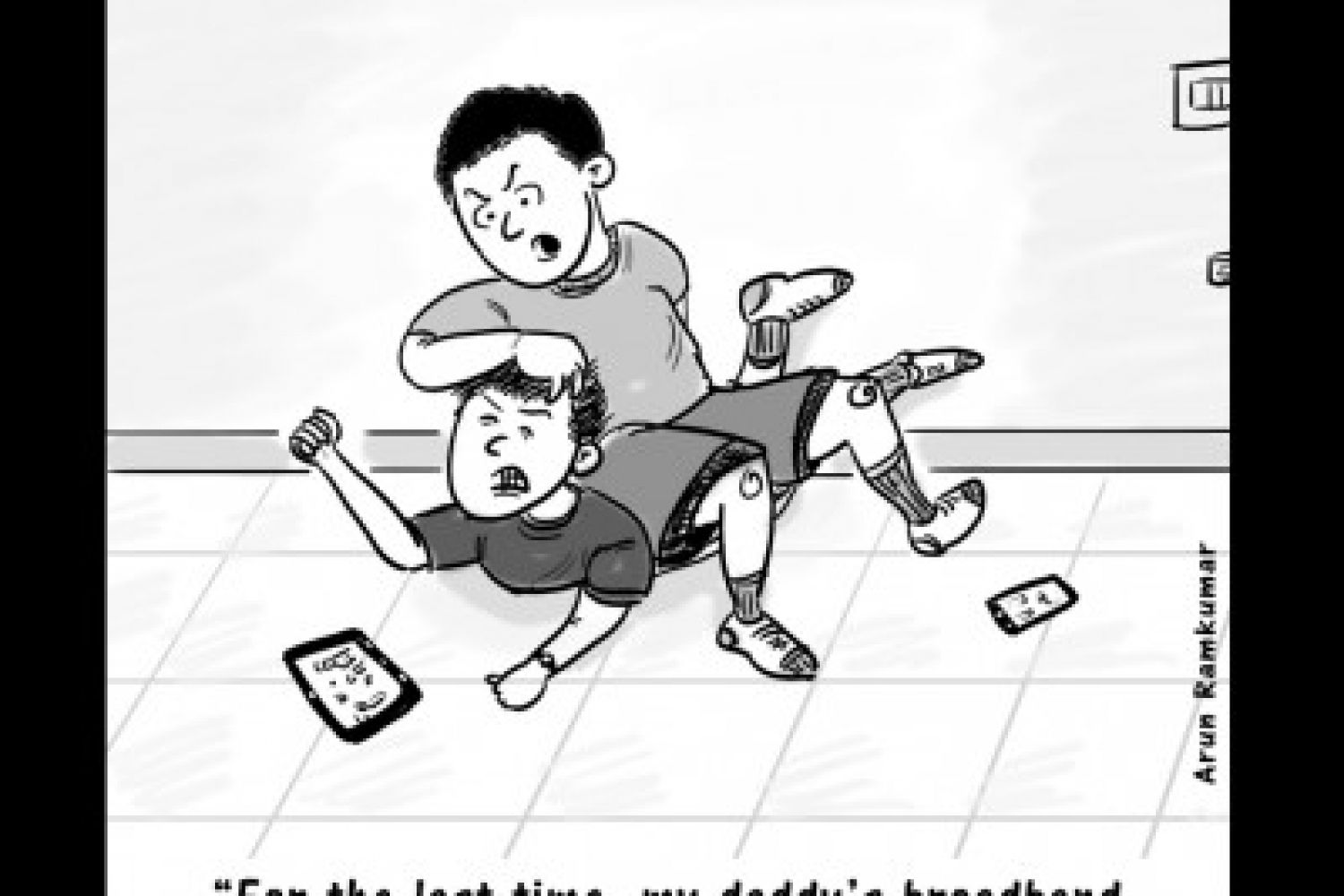
An incomplete school building in Bihar has given the full
picture about the state. Hanging on to its naked red brick walls, at great
peril to life and limb, are a hoard of desperate men, young and old. They have
a noble mission: to help the girls inside taking their matriculation exams, by
providing them with crib sheets.
The photograph, which has cracked the Internet if not broken
it, was taken at a school near Vaishali, the site of Bihar’s oldest republic, a
place of great learning
Continue reading “The Bihar school of dysfunction”
Read this story with a subscription.





